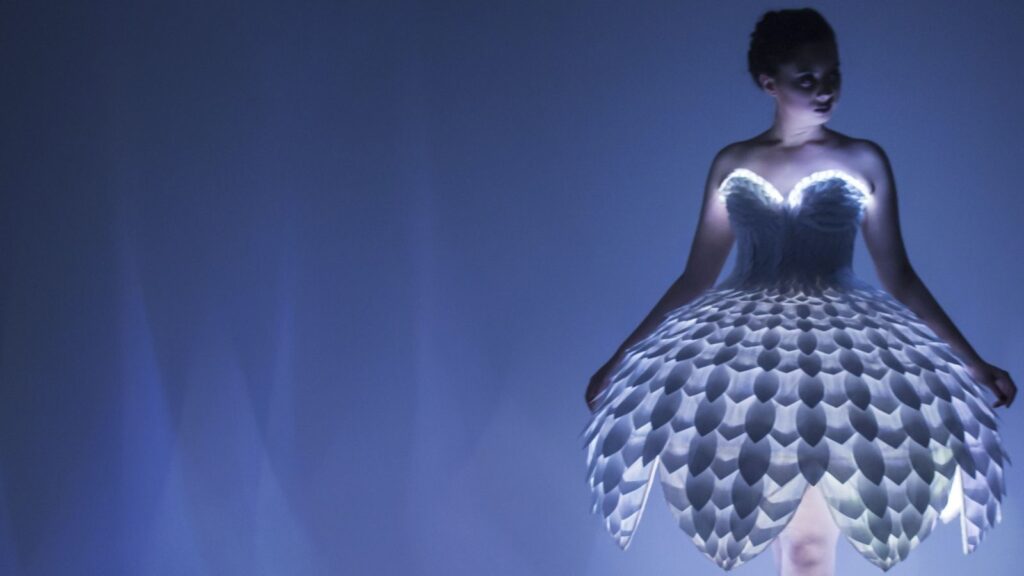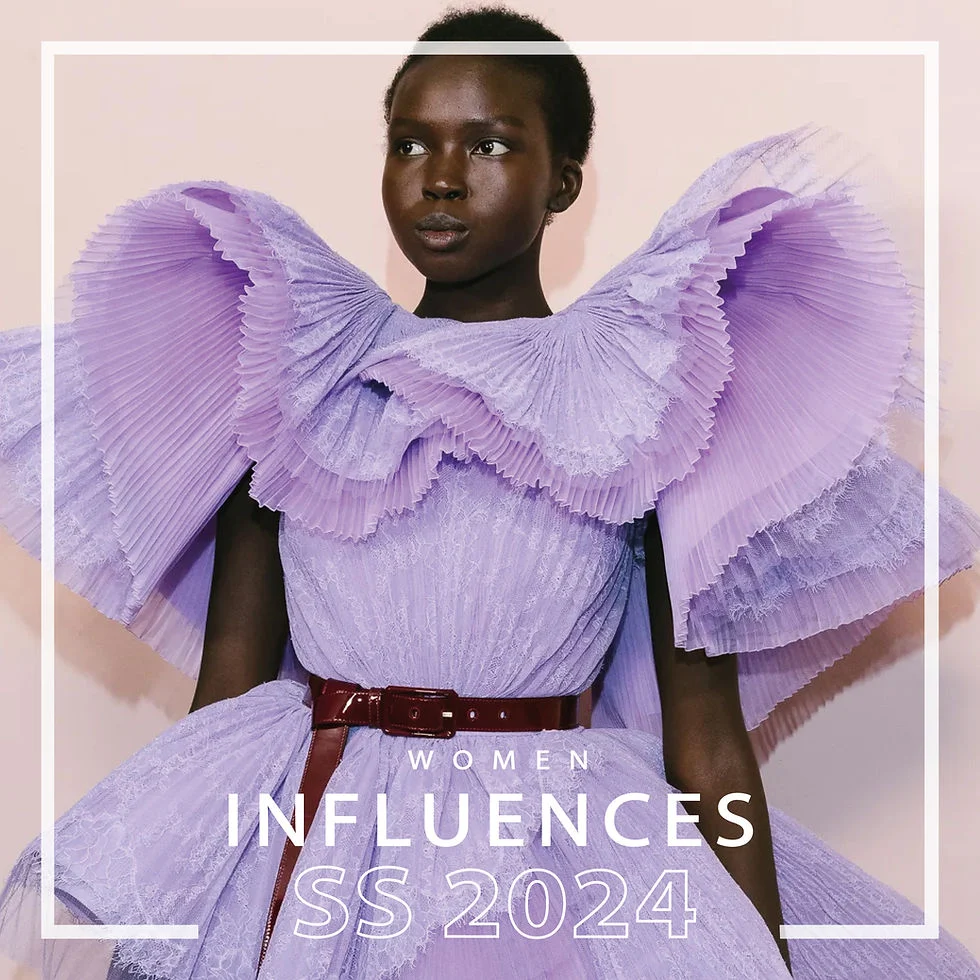The intersection of technology and fashion is revolutionizing the industry in unprecedented ways. As we delve into how technology is shaping the future of fashion design, we uncover a landscape where creativity meets innovation. From 3D printing and virtual reality to sustainable materials and AI-driven design, the fashion world is embracing technological advancements that not only enhance the design process but also redefine consumer experiences. This transformation is not just a trend; it is a fundamental shift that is setting the stage for the future of fashion.
In this article, we will explore the various ways technology is influencing fashion design, including the rise of digital fashion shows and the impact of social media on brand visibility. You will learn about the role of artificial intelligence in predicting fashion trends and how designers are utilizing data analytics to create collections that resonate with consumers. Additionally, we will discuss the importance of sustainability in fashion technology, highlighting innovations that are paving the way for eco-friendly practices.
As we journey through these exciting developments, you will gain insights into the future of fashion design and the endless possibilities that technology brings. Whether you are a fashion enthusiast, a designer, or simply curious about the industry, this exploration will provide you with valuable knowledge and inspire you to think differently about the clothes you wear. Join us as we uncover the fascinating ways technology is shaping the future of fashion design!
Fashion design is undergoing a significant transformation due to advancements in technology. From artificial intelligence to sustainable practices, technology is influencing every aspect of the fashion industry. This article explores various ways technology is shaping the future of fashion design.
The Role of Artificial Intelligence in Fashion Design
Artificial intelligence (AI) is revolutionizing the fashion design process by enabling designers to analyze trends and consumer preferences more effectively. AI algorithms can process vast amounts of data from social media, online shopping behaviors, and fashion shows to predict upcoming trends. This data-driven approach allows designers to create collections that resonate with their target audience, ultimately leading to increased sales and customer satisfaction.
Moreover, AI-powered tools can assist in the design process itself. For instance, generative design software can create unique patterns and styles based on specific parameters set by the designer. This not only enhances creativity but also speeds up the design process, allowing brands to bring their products to market faster.
3D Printing in Fashion
3D printing technology is making waves in the fashion industry by allowing designers to create intricate and customized pieces with ease. This technology enables the production of garments and accessories that were previously impossible to manufacture using traditional methods. Designers can experiment with complex shapes and structures, leading to innovative designs that push the boundaries of fashion.
Additionally, 3D printing promotes sustainability by reducing waste. Traditional manufacturing processes often result in excess material, but 3D printing uses only the necessary amount of material to create a piece. This shift towards more sustainable practices is crucial as the fashion industry faces increasing scrutiny over its environmental impact.
Virtual Reality and Augmented Reality in Fashion
Virtual reality (VR) and augmented reality (AR) are transforming the way consumers experience fashion. Brands are using VR to create immersive shopping experiences, allowing customers to explore virtual stores and try on clothes in a digital environment. This technology enhances customer engagement and provides a unique shopping experience that can lead to higher conversion rates.
AR, on the other hand, is being used in mobile applications to allow customers to visualize how clothing items will look on them before making a purchase. By simply using their smartphones, consumers can see how different outfits fit their body type, reducing the likelihood of returns and increasing customer satisfaction.
Sustainable Fashion Through Technology
As sustainability becomes a priority in the fashion industry, technology is playing a crucial role in promoting eco-friendly practices. Innovations such as blockchain technology are being used to trace the supply chain of garments, ensuring transparency and ethical sourcing of materials. This level of transparency helps consumers make informed choices and supports brands that prioritize sustainability.
Furthermore, technology is enabling the development of sustainable materials, such as bio-fabricated textiles and recycled fabrics. These advancements not only reduce the environmental impact of fashion but also encourage a circular economy where materials are reused and repurposed.
E-commerce and Digital Marketing Strategies
The rise of e-commerce has transformed the fashion retail landscape, and technology is at the forefront of this shift. Online shopping platforms are utilizing advanced algorithms to personalize the shopping experience for consumers, recommending products based on their browsing history and preferences. This level of personalization enhances customer satisfaction and loyalty.
Moreover, digital marketing strategies, including social media advertising and influencer partnerships, are becoming essential for fashion brands. By leveraging technology, brands can reach a wider audience and engage with consumers in real-time, creating a more dynamic and interactive shopping experience.
Wearable Technology in Fashion
Wearable technology is merging fashion with functionality, creating a new category of products that enhance the user experience. Smartwatches, fitness trackers, and smart clothing are examples of how technology is being integrated into fashion. These devices not only serve practical purposes but also reflect personal style and identity.
As wearable technology continues to evolve, designers are exploring innovative ways to incorporate tech features into their collections. This trend is likely to grow, as consumers increasingly seek products that offer both style and functionality.
The Impact of Social Media on Fashion Trends
Social media platforms have become powerful tools for shaping fashion trends and influencing consumer behavior. Designers and brands are using platforms like Instagram and TikTok to showcase their collections and connect with their audience. This direct line of communication allows for real-time feedback and engagement, which can significantly impact design decisions.
Additionally, social media has democratized fashion, giving rise to micro-influencers and independent designers who can reach niche markets. This shift is encouraging diversity and inclusivity in fashion, as more voices and perspectives are represented in the industry.
The Future of Fashion Education and Technology
As technology continues to shape the fashion industry, fashion education must adapt to prepare the next generation of designers. Educational institutions are incorporating technology into their curricula, teaching students about AI, 3D printing, and sustainable practices. This focus on technology equips students with the skills needed to thrive in a rapidly changing industry.
Moreover, online learning platforms are making fashion education more accessible, allowing aspiring designers from around the world to gain knowledge and skills. This democratization of education is fostering innovation and creativity in the fashion industry, paving the way for a more diverse and inclusive future.
| Aspect | Description |
|---|---|
| 3D Printing | 3D printing allows designers to create intricate patterns and structures that were previously impossible, enabling rapid prototyping and customization. |
| Virtual Reality (VR) | VR technology provides immersive experiences for designers and consumers, allowing virtual try-ons and fashion shows, enhancing customer engagement. |
| Artificial Intelligence (AI) | AI algorithms analyze trends and consumer preferences, helping designers make data-driven decisions and predict future fashion trends. |
| Sustainable Practices | Technology facilitates sustainable fashion through innovations like biodegradable materials and efficient supply chain management, reducing waste. |
| Wearable Technology | Integration of technology into clothing, such as smart fabrics and fitness trackers, is creating a new category of fashion that merges style with functionality. |
| Online Platforms | E-commerce and social media platforms are revolutionizing how fashion is marketed and sold, allowing designers to reach global audiences directly. |
| Augmented Reality (AR) | AR applications enhance the shopping experience by allowing customers to visualize how clothes will look on them without trying them on physically. |



